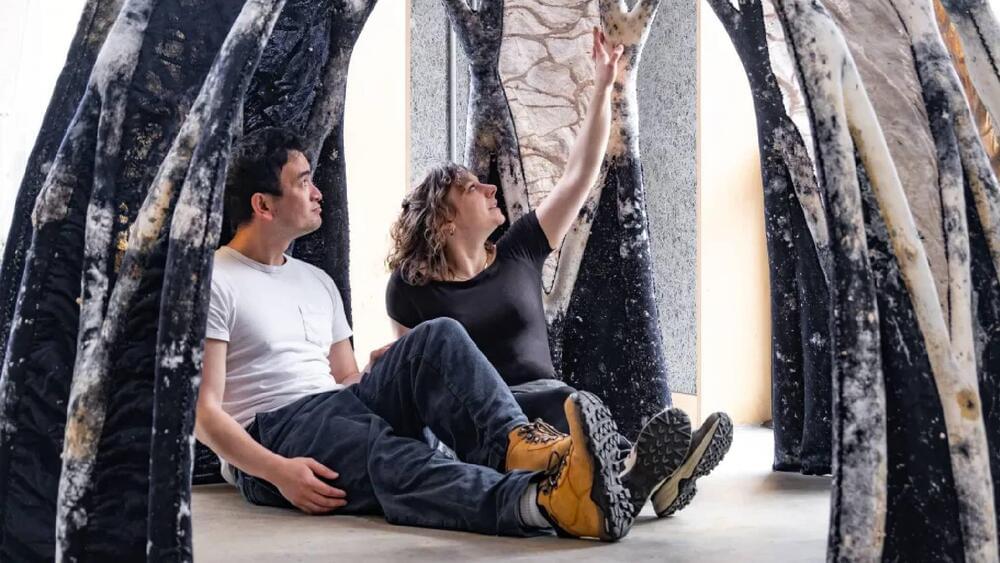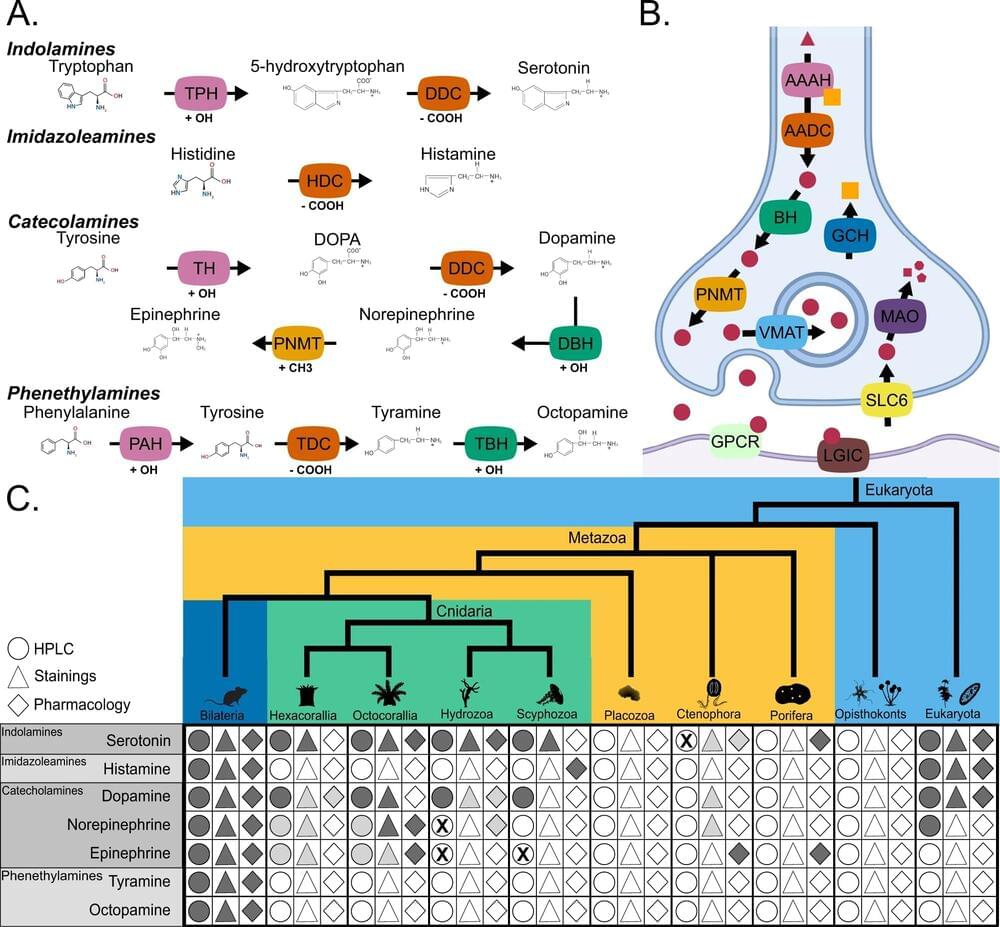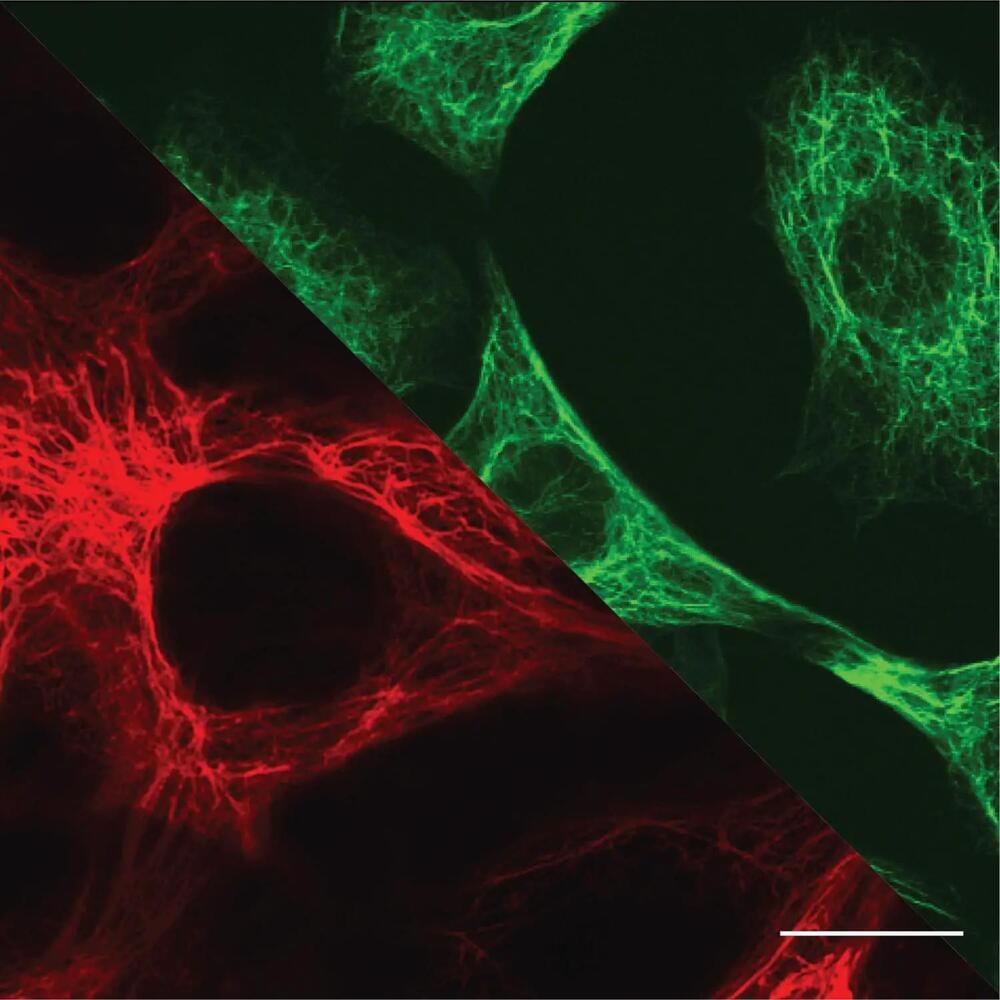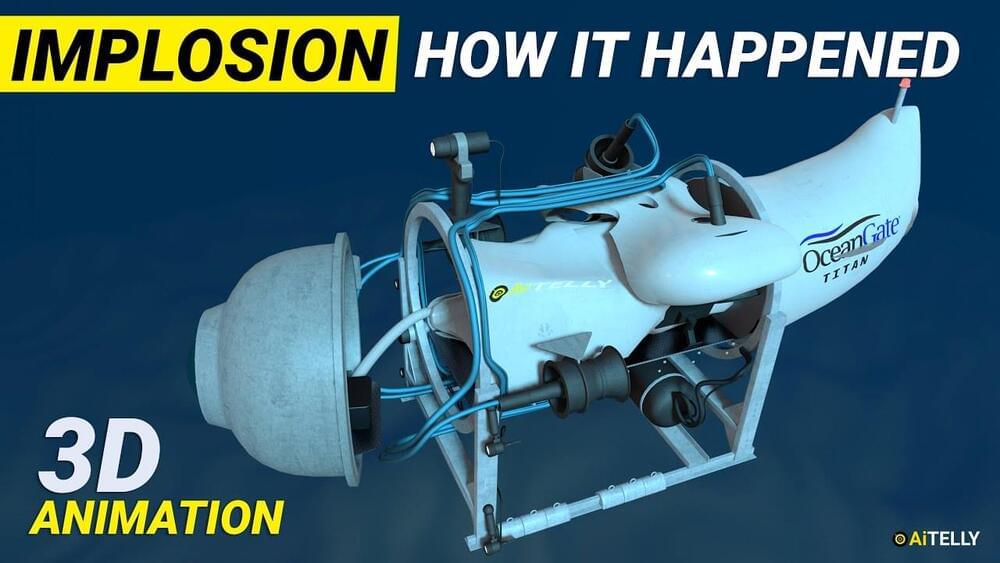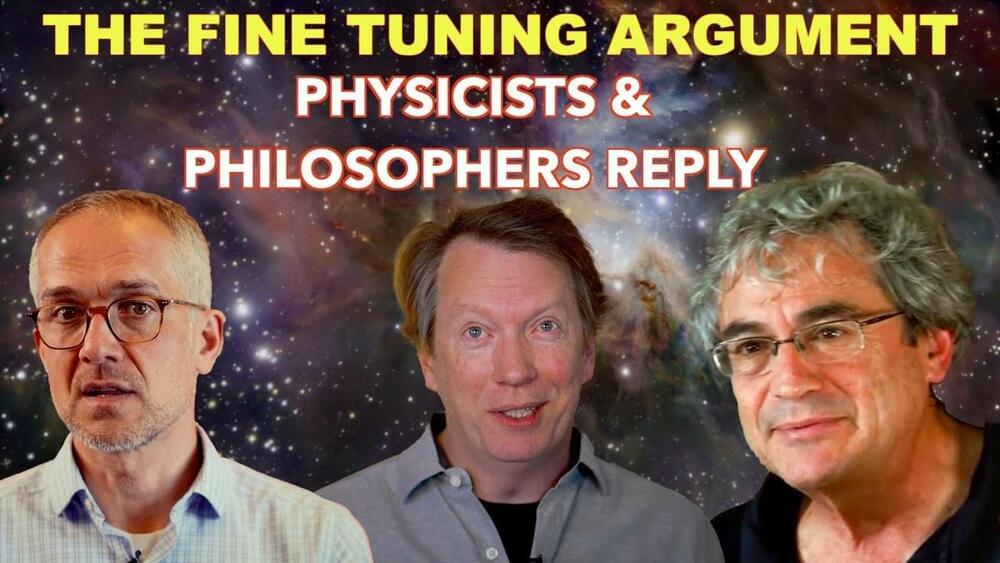Jul 15, 2023
Scientists use fungus to create eco-friendly construction materials
Posted by Gemechu Taye in categories: biotech/medical, materials
This process could provide a cheap, sustainable replacement for foam, timber, and plastic.
The future of the construction industry is green„ with scientists developing a way to grow building materials using knitted molds and the root network of fungi. Previous trials with similar composites have been made but the shape and growth constraints of the organic material made it difficult to develop diverse applications.
Now, a team of designers, engineers, and scientists in the Living Textiles Research Group, part of the Hub for Biotechnology in the Built Environment at Newcastle University, which is funded by Research England, have used the knitted molds as a flexible framework or ‘formwork’, creating a composite called ‘mycocrete’ which is stronger and more versatile in terms of shape and form.
